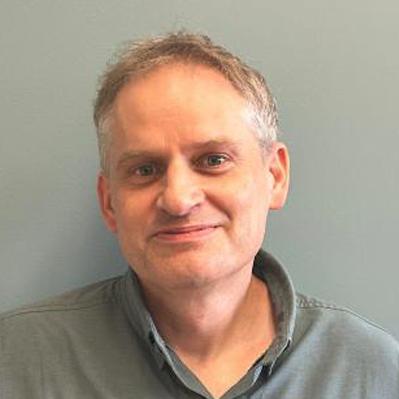I had the wonderful opportunity to start my career under the mentorship of two great scientists, Larry Salkoff at Washington University Medical School in St. Louis as a graduate student and Rick Aldrich at Stanford University as a postdoc. They allowed me to explore my scientific interests and develop a unique research program centered around a combination of evolutionary biology, neuronal signaling and the ion channels that underlie it. Along the way I did a side trip into the pharmaceutical industry where I had the privilege of contributing a very small part to Ardem Patapoutian’s 2021 Nobel Prize in Medicine. At Penn State my lab studies the evolution of ion channels and neuronal signaling in early animals and the structural evolution of ion channels in diverse eukaryotes. We hope to gain new insights into the physiology of humans and plants by using evolution to determine how the structure and function of ion channels evolved to meet their signaling needs.
Education
B.A., Biology, Carleton College, Northfield, MN (1990)
Ph.D., Neuroscience, Washington University School of Medicine, St. Louis, MO (1996)
Postdoc Training
Stanford University, Department of Molecular and Cellular Physiology and HHMI, (1996-1997)
Research Interests
We have a broad interest in the evolution of physiological processes at the molecular, cellular and organismal levels. We use molecular evolution to identify and characterize key features molecules and cells that allow them to perform their physiological roles. In a practical sense, this knowledge can be used to manipulate the physiology of organisms to do things like adapt crops to climate change or treat human diseases. But the evolutionary history of life is the greatest story of all time, and it is also a privilege to get to tell some cool parts of it.
The parts we are most interested in telling are the evolutionary history of electrical signaling and the ion channels that underlie it. Electrical signaling is the basis of fast communication in the nervous system and we are interested in how ion channels and the structures of neurons evolved to enable it. We are also interested in questions like how plant ion channels evolved to close and open stomata to control photosynthesis or why the ion channel sets of ancient single celled eukaryotes are often far more complex than their multicellular relatives.
Please visit our lab website for information about current projects.
